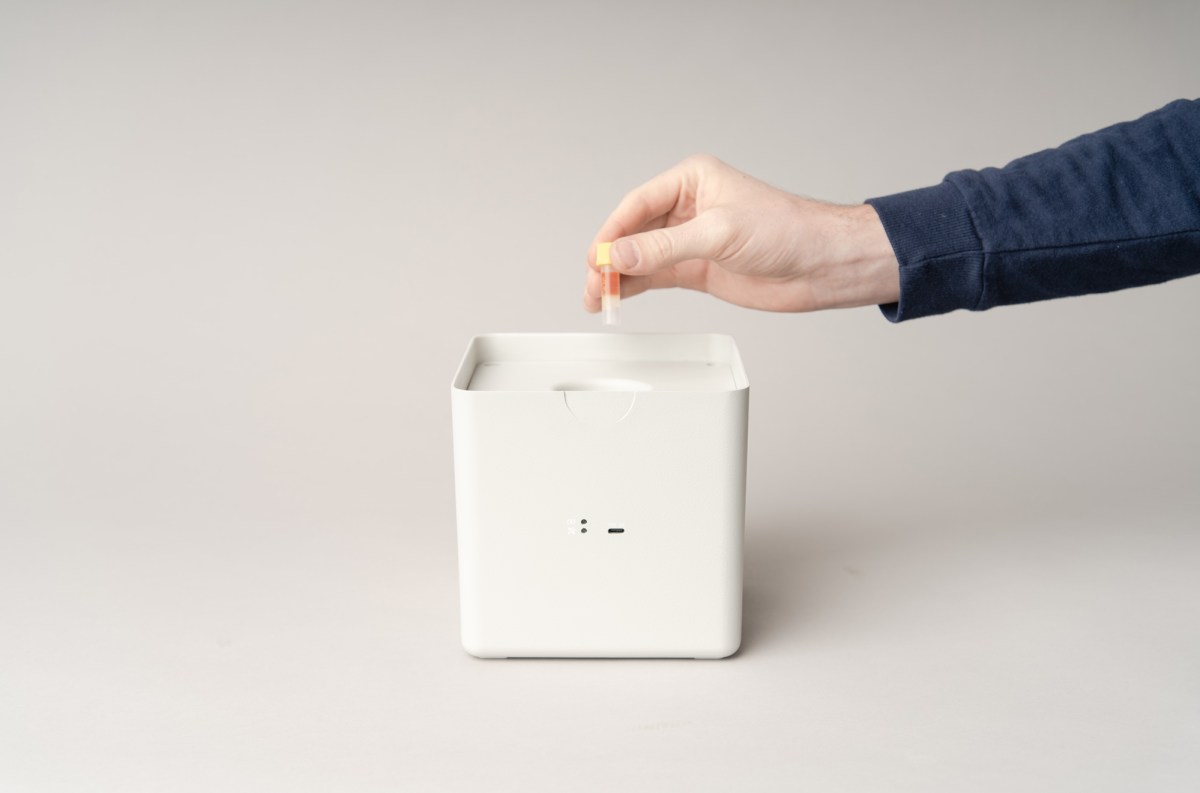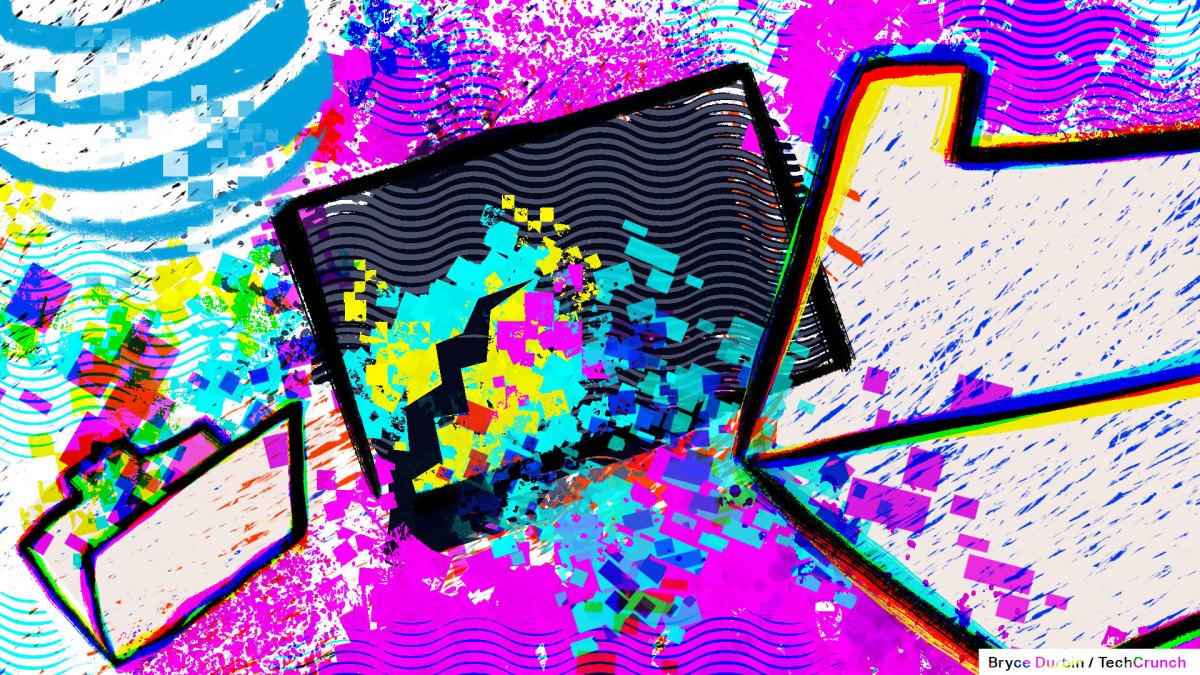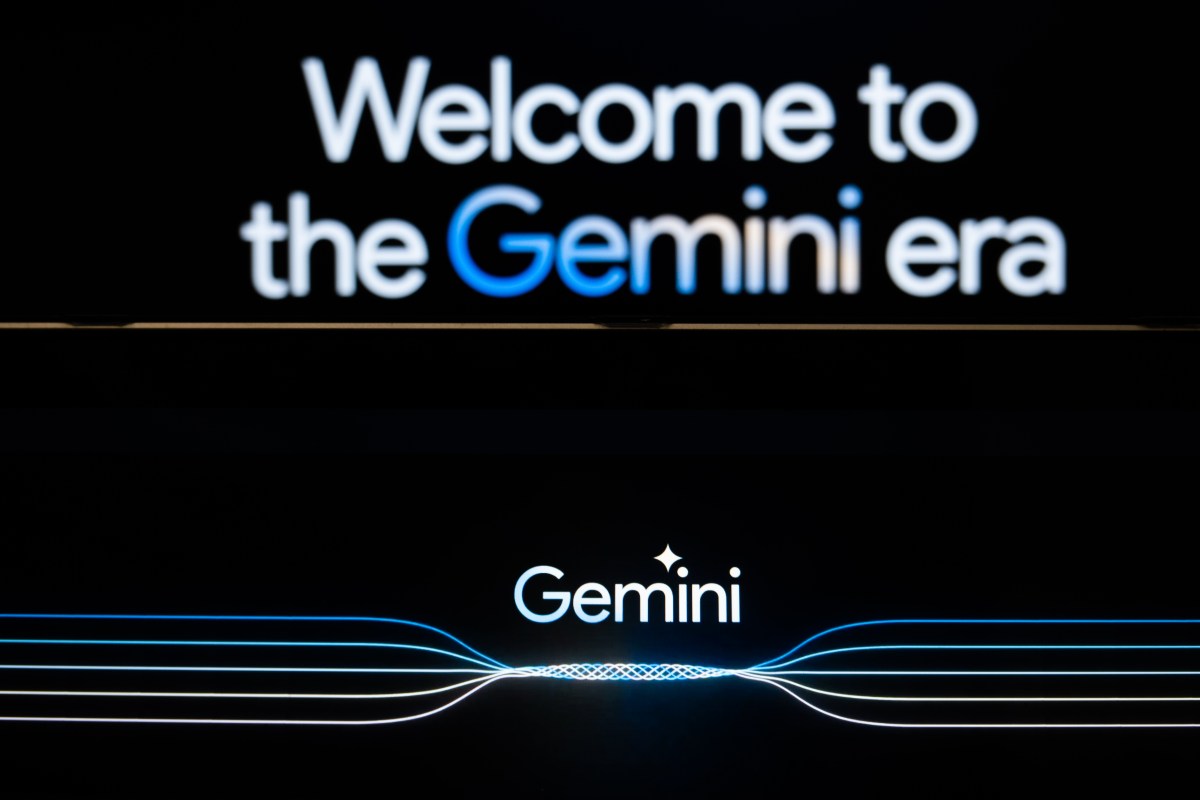MagicSchool thinks AI in the classroom is inevitable, so it’s aiming to help teachers and students use it properly | TechCrunch
These days, when you hear about students and generative AI, chances are that you’re getting a taste of the debate over the adoption of tools like ChatGPT. Are they a help? (Yay! Great for research! Fast!) Or are they a harm? (Boo! Misinfo! Cheating!). But some startups are taking the arrival of generative AI in the school environment as a positive, and as a foregone conclusion. And they are building products to meet what they believe will be a certain market opportunity.
Now one of them has raised some money to fill out that ambition.
MagicSchool AI, which is building generative AI tools for educational environments, has closed a Series A round of $15 million led by Bain Capital Ventures. Denver-based MagicSchool got its start with tools for educators, and founder and CEO Adeel Khan said in an interview that it now has more than 2 million teachers plus more than 3,000 schools and districts using its products using its products to plan lessons, write tests, and produce other learning materials.
More recently, it’s started to build out tools for students, too, provisioned by way of their schools. MagicSchool will be using the funds to continue building more along both of those tracks, as well as to work on signing on more customers, hiring talent, and more.
This latest round also includes backing from some very notable investors. They include Adobe Ventures (whose parent Adobe has been going very heavy on AI on its platform) and Common Sense Media (the specialist in age-based tech reviews that has been wading into generative AI with an AI guidelines partnership with OpenAI and ratings of chatbots). Individuals in the round include Replit founder Amjad Masad, Clever co-founders Tyler Bosmeny and Rafael Garcia, and OutSchool co-founder Amir Nathoo. (Some of these were also seed investors in the company: it had previously raised some $2.4 million.)
Khan did not disclose MagicSchool’s valuation in this round, but the investors believe that backing application bets like this one is the natural next step in AI startups after the hundreds of millions that have been plowed into infrastructure companies like OpenAI, Anthropic, and Mistral.
“There is an AI moment for education, a big opportunity to build an assistant for both teachers and students,” said Christina Melas-Kyriazi, partner at Bain Capital Ventures, in an interview. “They have an opportunity here to help teachers with lesson planning and other work that takes them away from their students.”
From teacher to AI preacher
MagicSchool, despite its name, did not materialize out of thin air.
Khan got his start as an educator, working initially for Teach for America when he first left university. (And his interest in public service and the role education plays may have started even before that: At Virginia Tech, he was student body president at the time of the Virginia Tech shooting so sadly had a front-row seat to the ravages of gun violence.)
As a teacher, he showed early signs of tapping both entrepreneurial and leadership interests when he moved out to Denver with an idea of starting a school of his own.
Working first in different administrative roles at local schools, eventually he founded his own, a charter high school called DSST: Conservatory Green High School, which went on to see its first cohort of graduates get 100% acceptance into four-year colleges.
While taking a career break from that frenzy of activity, Khan came up with the idea of MagicSchool.
“It was around November of 2022 when ChatGPT was dominating the headlines and generative AI came into the ether for the majority of the country,” he recalled. “As I was thinking about what I would do next, I started tinkering with it, and immediately it occurred to me how much utility there was for educators in this new technology.”
He workshopped early versions of using generative AI to build tools for teachers, visiting the schools where he had taught and taking his former colleagues through the possibilities. But it wasn’t clicking.
“The interface was clunky for them and it just wasn’t sticky,” he said. Khan’s demos to them inspired the desired “wow,” but left to their own devices, the teachers would use it once and never again.
“They would tell me, ‘I spent so much time trying to prompt it and get it to do what I wanted to do, that it ended up not saving me time, but costing me time.’”
His solution was to come up with more specific customizations.
“Behind the scenes, we were just doing some really sophisticated prompting, and also making sure that the outputs were what an educator would expect,” he said.
Some of the examples of what teachers are creating with MagicSchool include lesson plans, quizzes and tests, course materials, and recasts of prepared materials for more and less challenging levels of learning. MagicSchool continues to tinker with all of this. Khan said that it works a lot with OpenAI’s APIs, but also Anthropic and others. Behind he scenes, he said, the company does AB tests to determine what works best in which scenario.
Still, convincing teachers (who were not paying to use the product) and then schools (which do pay) to sign on to MagicSchool was not exactly straightforward.
“I couldn’t get a meeting with any school or district when we started the product, including the one that I worked at; there was so much fear about it all,” he said. All it took was “a negative headline about the use of AI in schools … about how AI is going to take over the world and robots” to end any conversation.
That gradually started to change as society and industry adopted AI more broadly and more advanced models rolled out. Saving time was the most obvious reason for using it, he said, but they also found that it was good for brainstorming ideas and even offering a supplement to what they could teach themselves.
“I think educators didn’t quite know or expect what AI could do for them and the audience,” he said.
On top of that, he has a second argument for why bringing more AI into the classroom makes sense: It’s going to be a part of how everything is done, so it’s the job of a school to make sure its students are ready for that.
AI is smart but it’s not “human smart”
That said, there are limitations in how AI can be used in any scenario, including the classroom.
“AI has a very different type of intelligence than human intelligence. Humans have evolved emergent intelligence that is, somehow, the product of millions years of pruning through natural selection. It is very holistic. It is very flexible, cognitively,” said Mutlu Cukurova, a professor of education and AI at University College, London, where there is a years-long research lab looking into the different permutations of AI and learning. (One very realistic conclusion from a recent paper: There needs to be a hybrid approach encompassing both AI and humans.)
“AI has designed intelligence, not emergent intelligence. That means it’s designed for a very specific goal, or a set of goals. AIs are brilliant at this particular goal, and indicate significant signs of intelligence, but it’s a different type of intelligence.”
This might be particularly relevant to students and how they will learn in an AI world, or teachers who might not be experienced enough to know when the AI version of a learning material like a quiz is not good enough.
Cukurova said automating certain tasks can be a valuable use case, but “where it becomes problematic is when teachers … do not have enough experience before learning how to do these kinds of things on their own.”
Khan said that MagicSchool is aiming to be mindful of this in particular regarding students. He said that schools control what facilities to give students on the platform, and it’s clear when they have used MagicSchool for an assignment.
All of this sounds great in theory, but ultimately the cracks might only be revealed in stress tests.
For example, will a cash-strapped school district look to rely on more input from AI systems over class time with teachers? Or how will schools be able to identify when students are using AI tools outside the classroom in ways that haven’t been approved by their teachers?
That will take a different kind of AI education, Cukurova says. “This is an important piece of the puzzle: How do we educate and train to use AI effectively and ethically?”
Updated to correct the number of current users.



